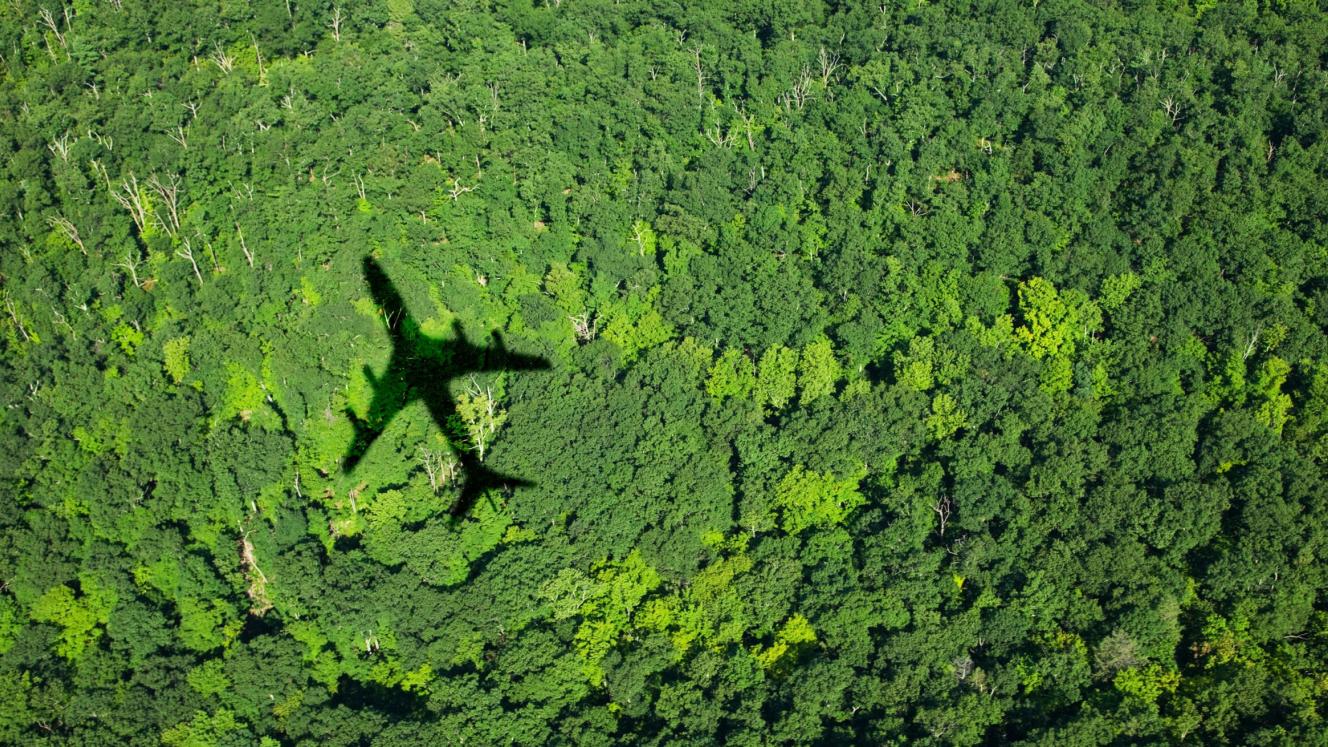The travel and tourism carbon footprint remains below 2019 levels despite travel surpassing its pre-pandemic economic peak, according to the World Travel & Tourism Council’s (WTTC) 2025 Environmental & Social Research, in partnership with Omran.
The research revealed that travel and tourism’s global greenhouse gas emissions in 2024 have fallen by 9,3% since 2019 and now account for a 7,3% share of total global greenhouse gas emissions, down from an 8,3% share in 2019.
While the sector’s environmental impact decreased, the economic value increased with the GDP footprint growing 6% from $10,3 trillion (R178 trillion) in 2019 to $10,9 trillion (R188,4 trillion) last year.
Emissions intensity (emissions per unit of economic output) has fallen by 15% since 2019, with the industry generating more economic value while producing fewer emissions.
The decline in intensity has been driven by improvements in efficiency, including a 16,6% uptick in the adoption of low-carbon energy across the sector, and a 5,7% drop in the use of fossil fuels.
“This is clear evidence that travel and tourism can grow while reducing its environmental impact. But we need to continue to accelerate action. Our data shows that 40% of our emissions lie in transport, and a further 19% in purchased electricity. We also know that 57,4% of our emissions lie in our supply chain,” said WTTC Interim CEO, Gloria Guevara.













